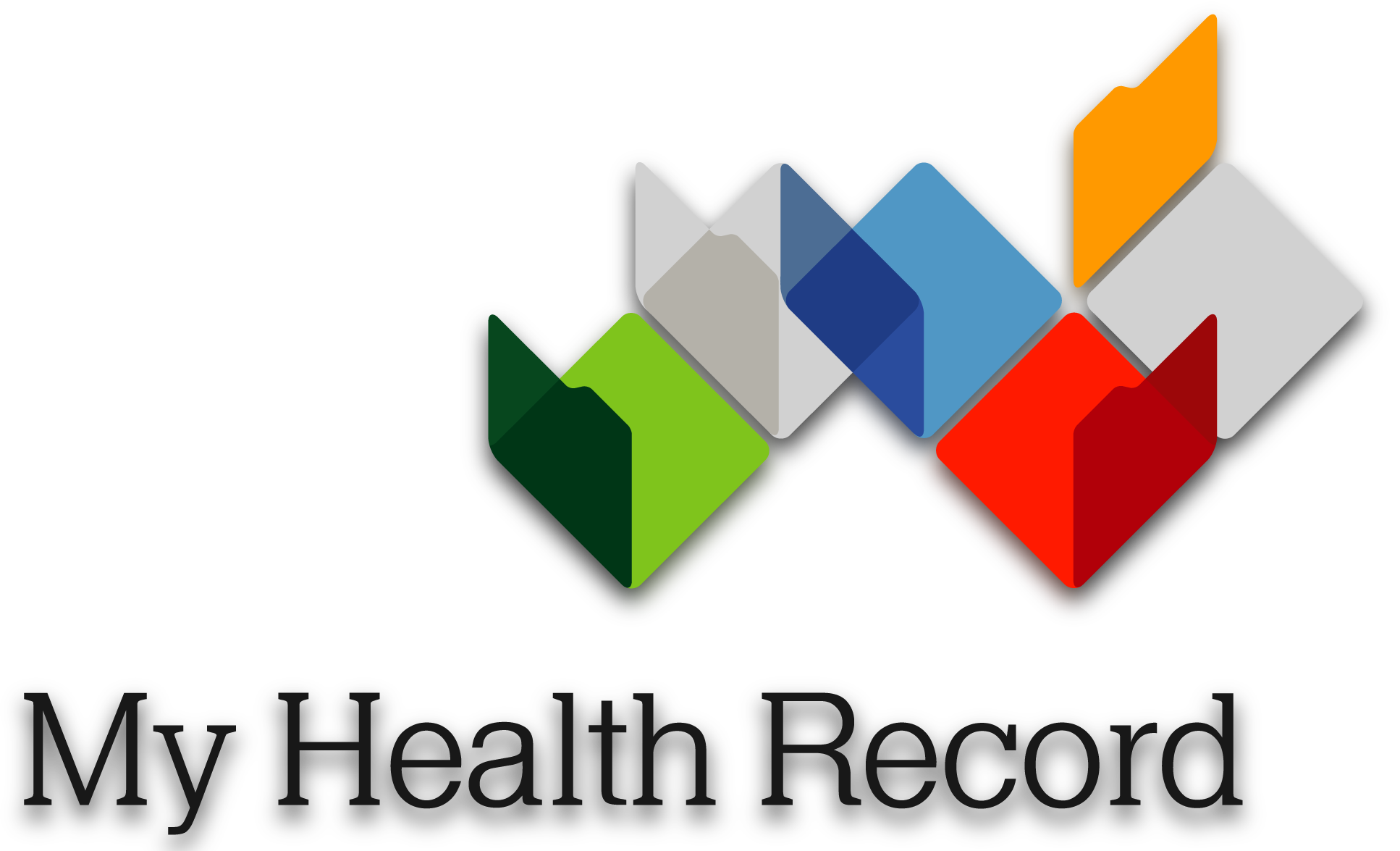The My Health Record is a secure online repository for documents and data that contains information about an individual’s health and healthcare. It can be an additional source of information for all healthcare providers. It is not a replacement for local patient records or a communication or messaging tool. Healthcare providers can only use it for the purpose of providing healthcare.
More reading:
- How to register your organisation to use My Health Record
- Advice about using My Health Record

Patient access
Patients can access their own My Health Record by logging in to MyGov and linking in My Health Record. The steps are here: Log in to your My Health Record.
There are also authorised mobile apps that people can use to view their My Health Record.
For information about patient brochures, see the Promote My Health Record to patients article.
Clinician access
Healthcare professionals access a patient’s My Health Record through their clinical software or a web-based portal.
Key benefits for healthcare providers
The system gives you timely information about your patients, including:
- A patient’s health summary
- Hospital discharge summaries
- Medication prescribing and dispense history
- Pathology reports and diagnostic imaging reports
- Immunisation history
This information means that:
- My Health Record 'travels' with the patient, making it accessible at the point of care.
- New patients: save time by viewing information not yet in your system.
- Travelling patients: medication information no matter where they are.
- Your existing patients: view information uploaded by other clinicians.
- It's there in an emergency.
- In an emergency situation, your patients may not be able to communicate or access their past history. The My Health Record will help the treating team.
Priority patient groups
Patients who may benefit from having up-to-date information uploaded:
- those with chronic or complex conditions and/or multiple medications/complex medication regimens
- people living with disabilities
- patients with language barriers
- patients who see multiple healthcare providers
- history of frequent hospital visits
- patients with allergies and/or adverse reactions
- elderly patients
- transient patients
- child and maternal health patients
- health literate patients
